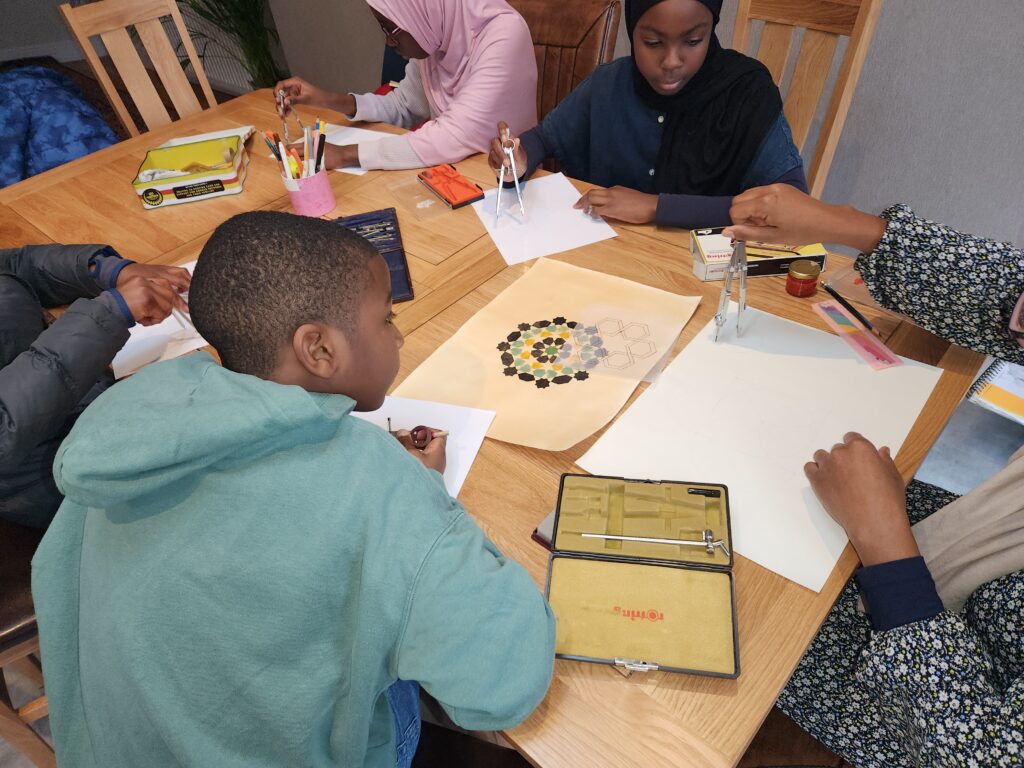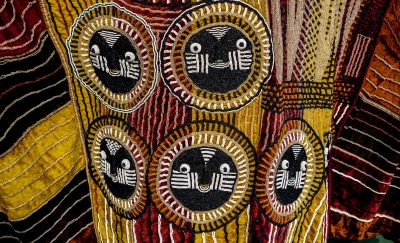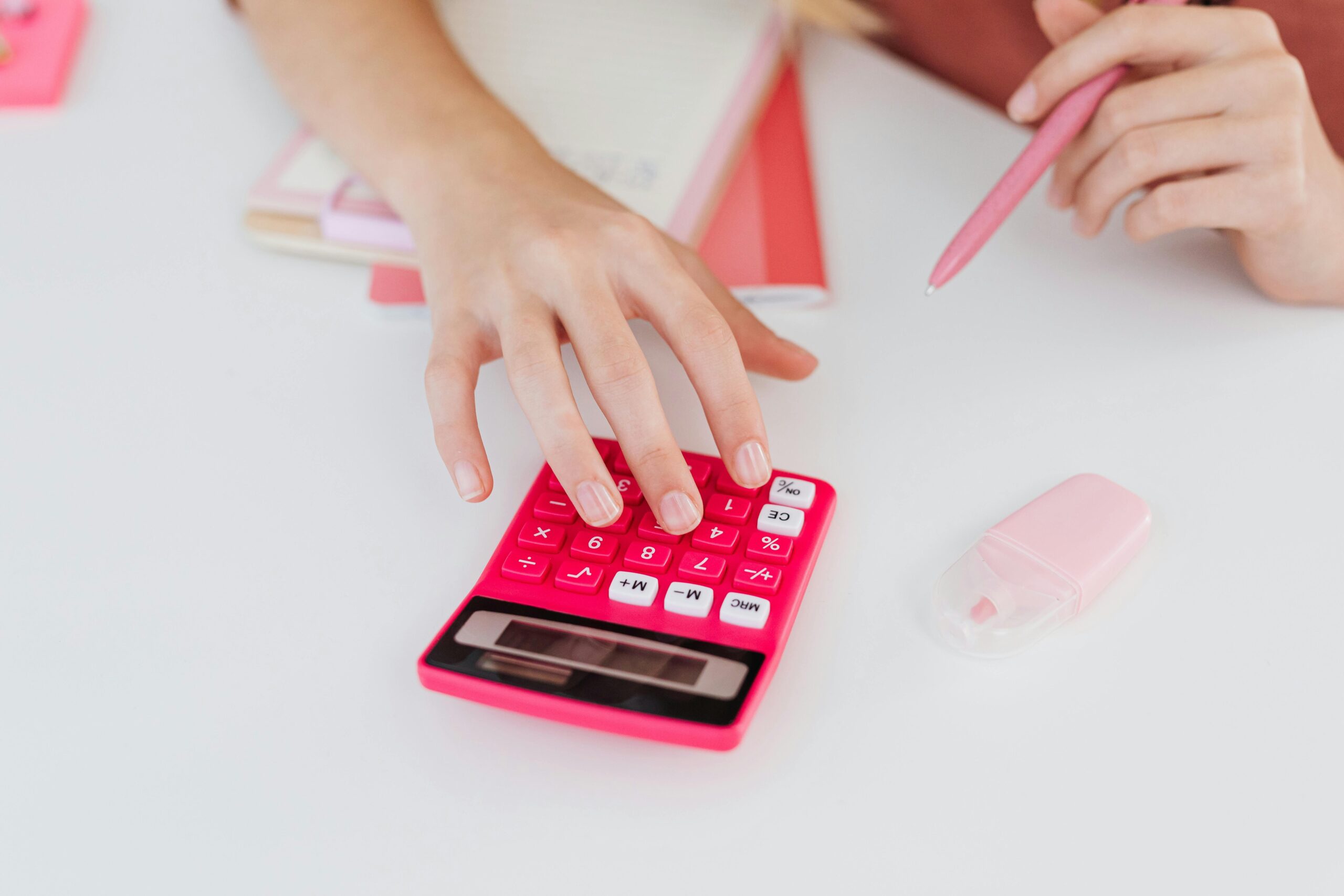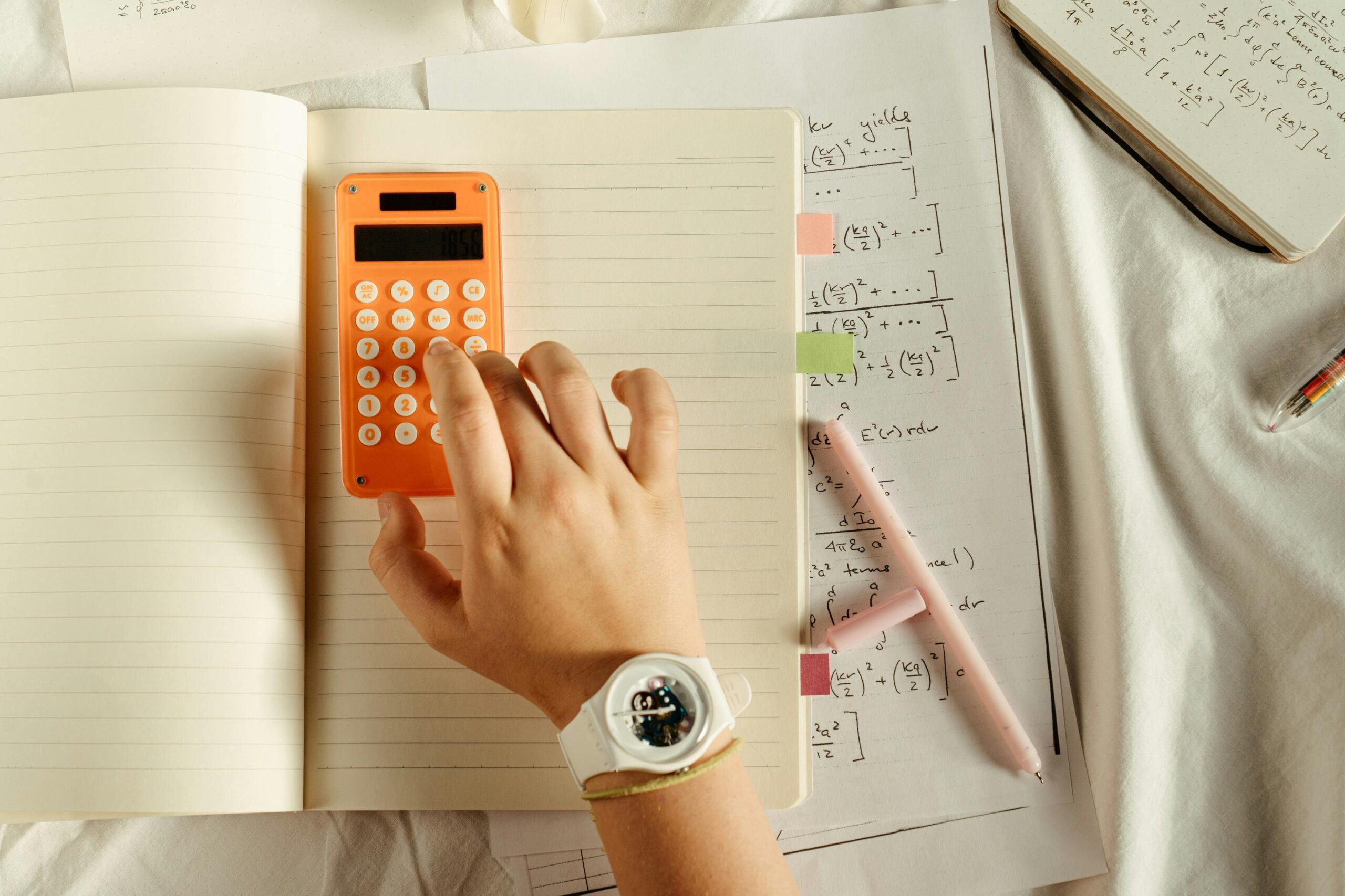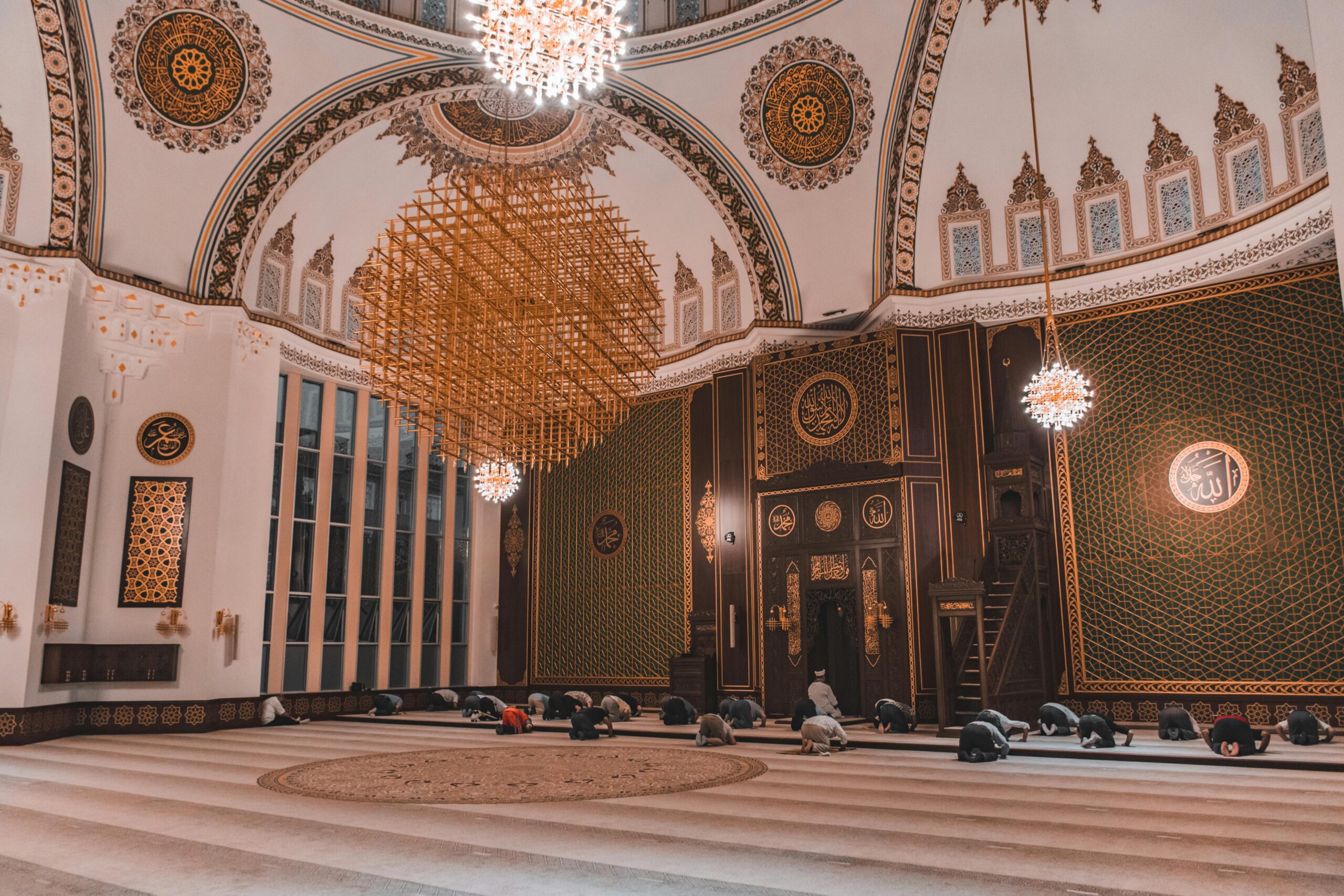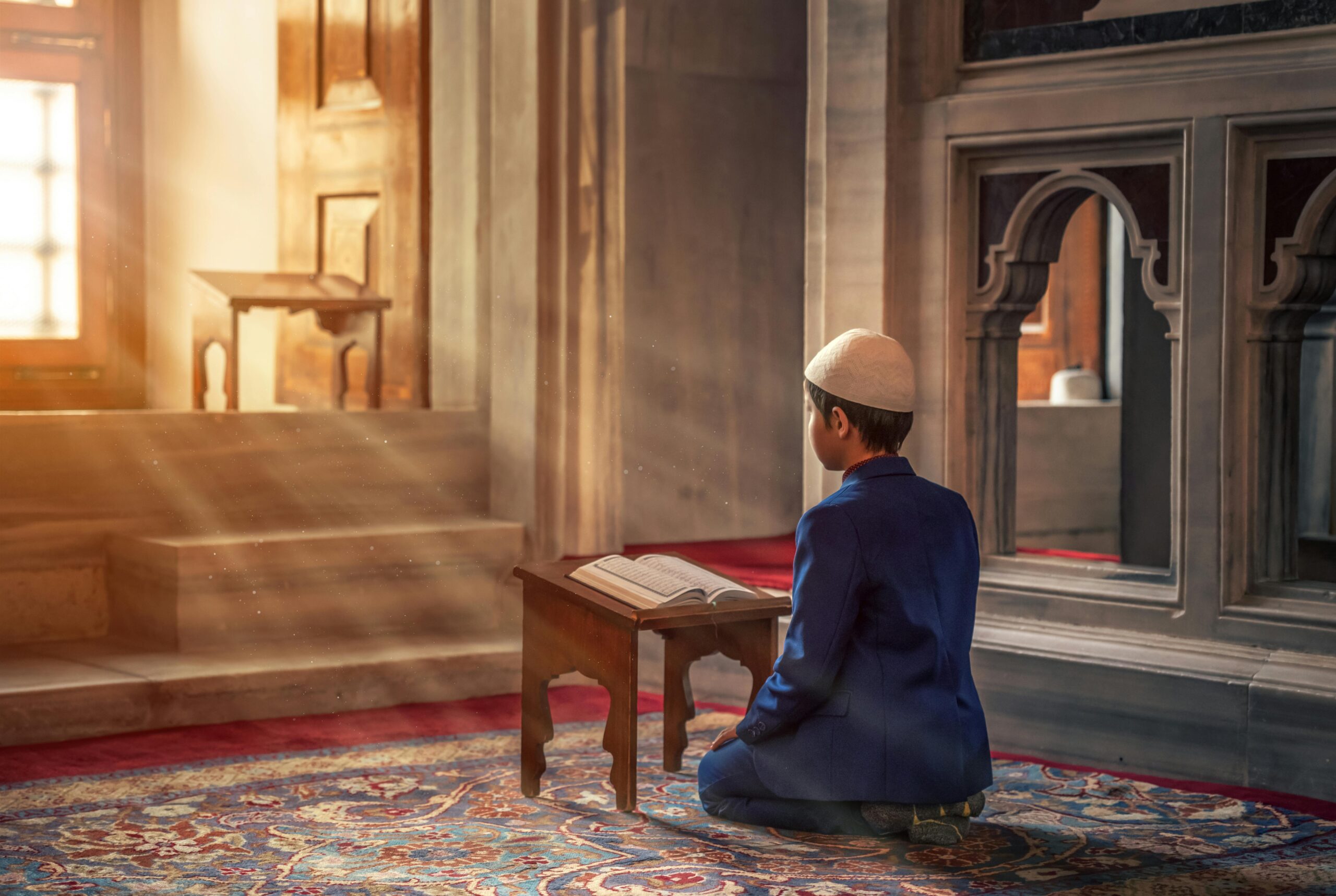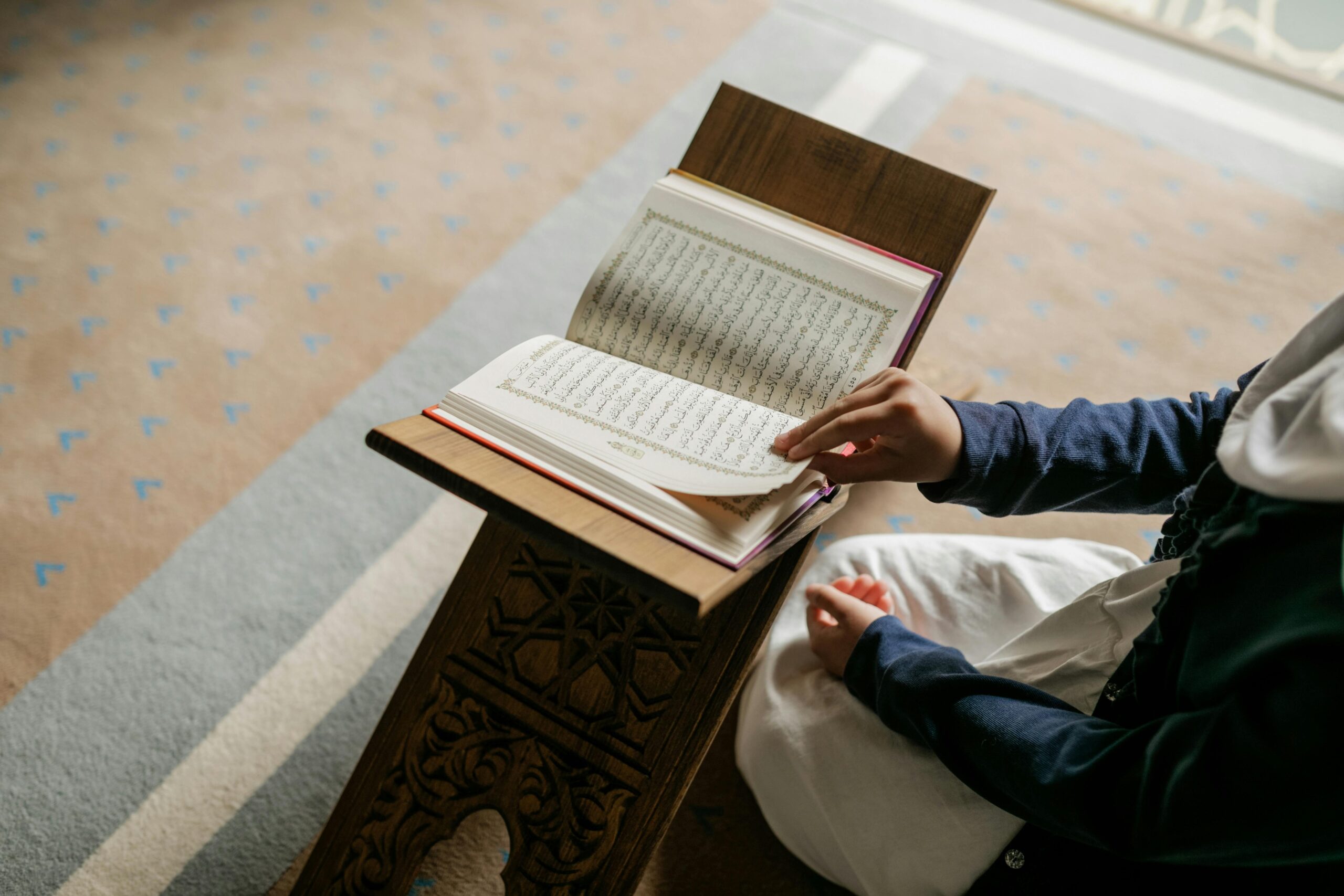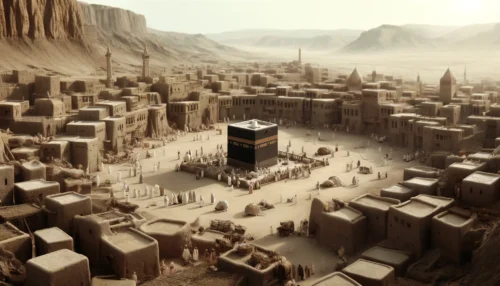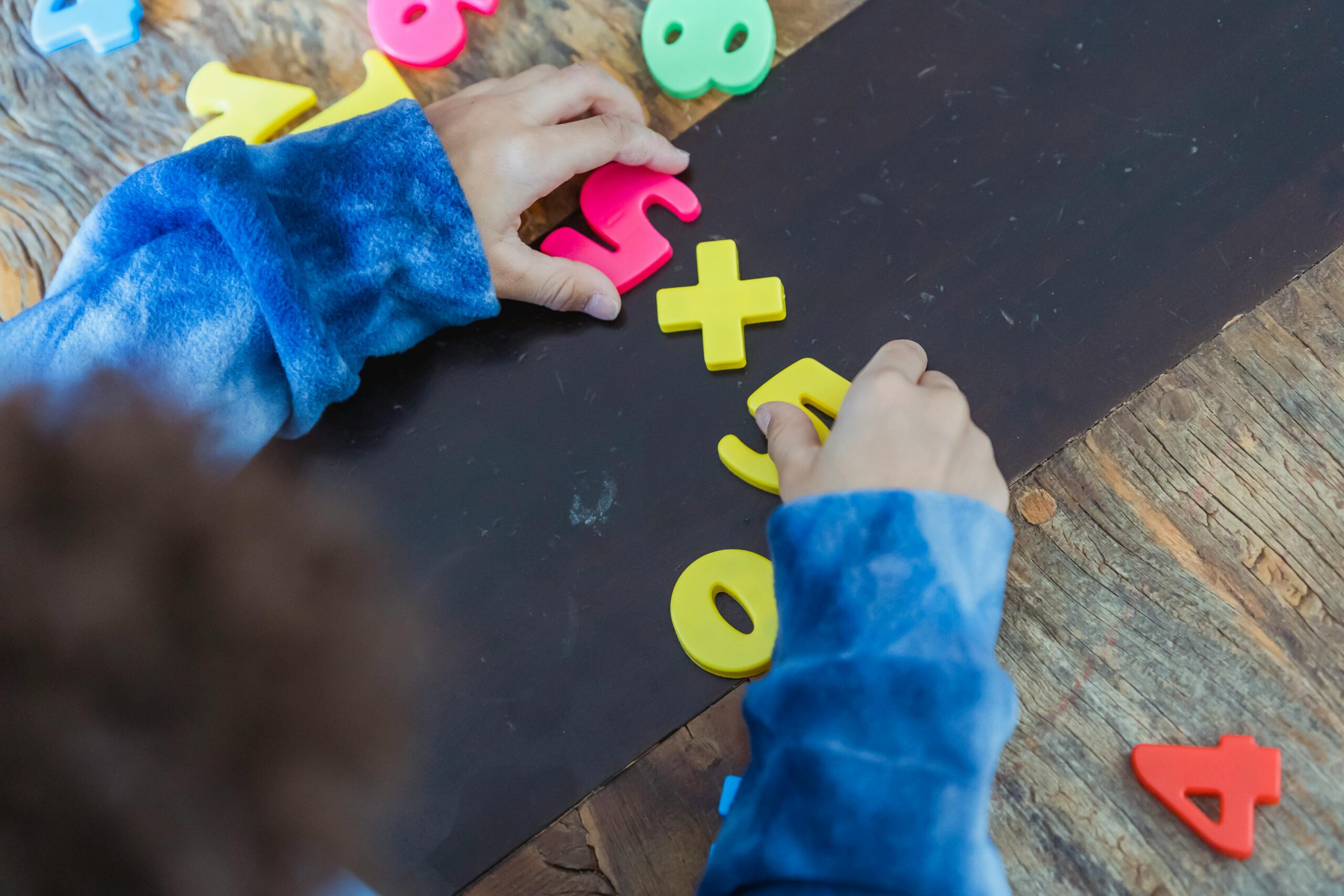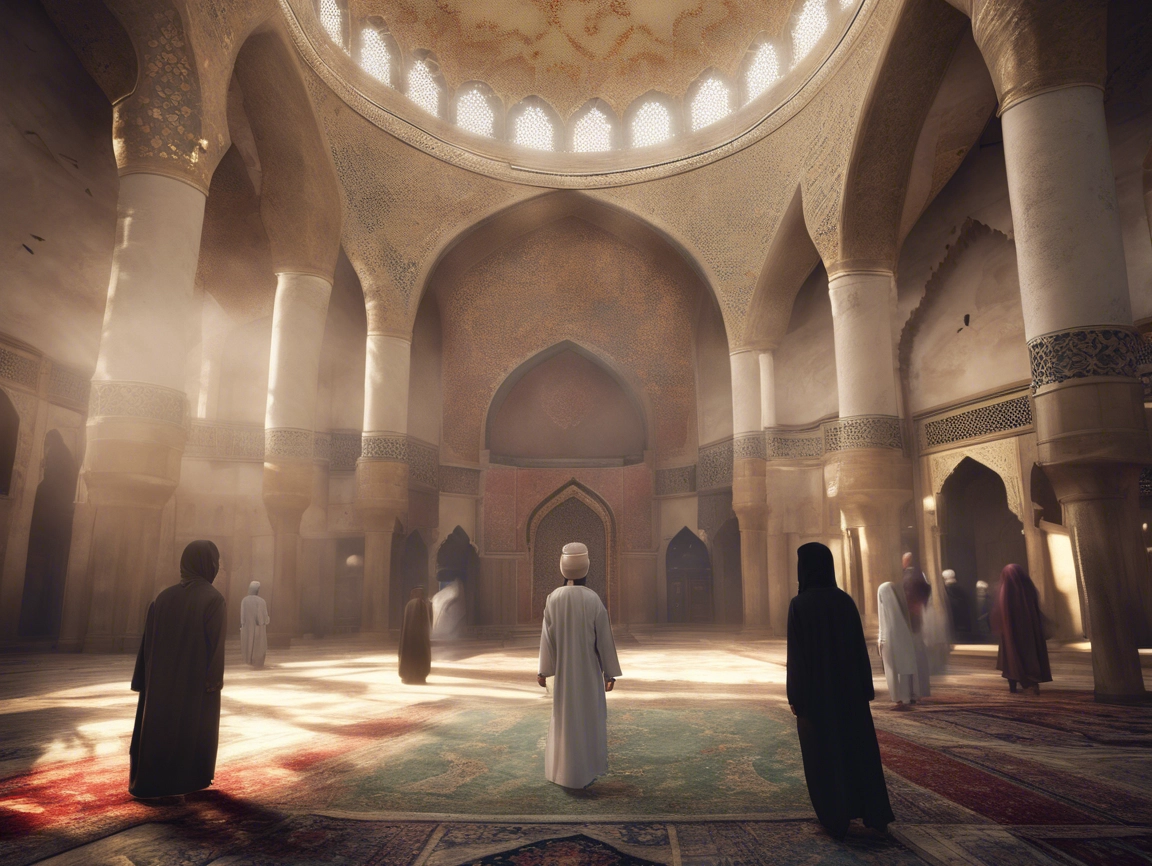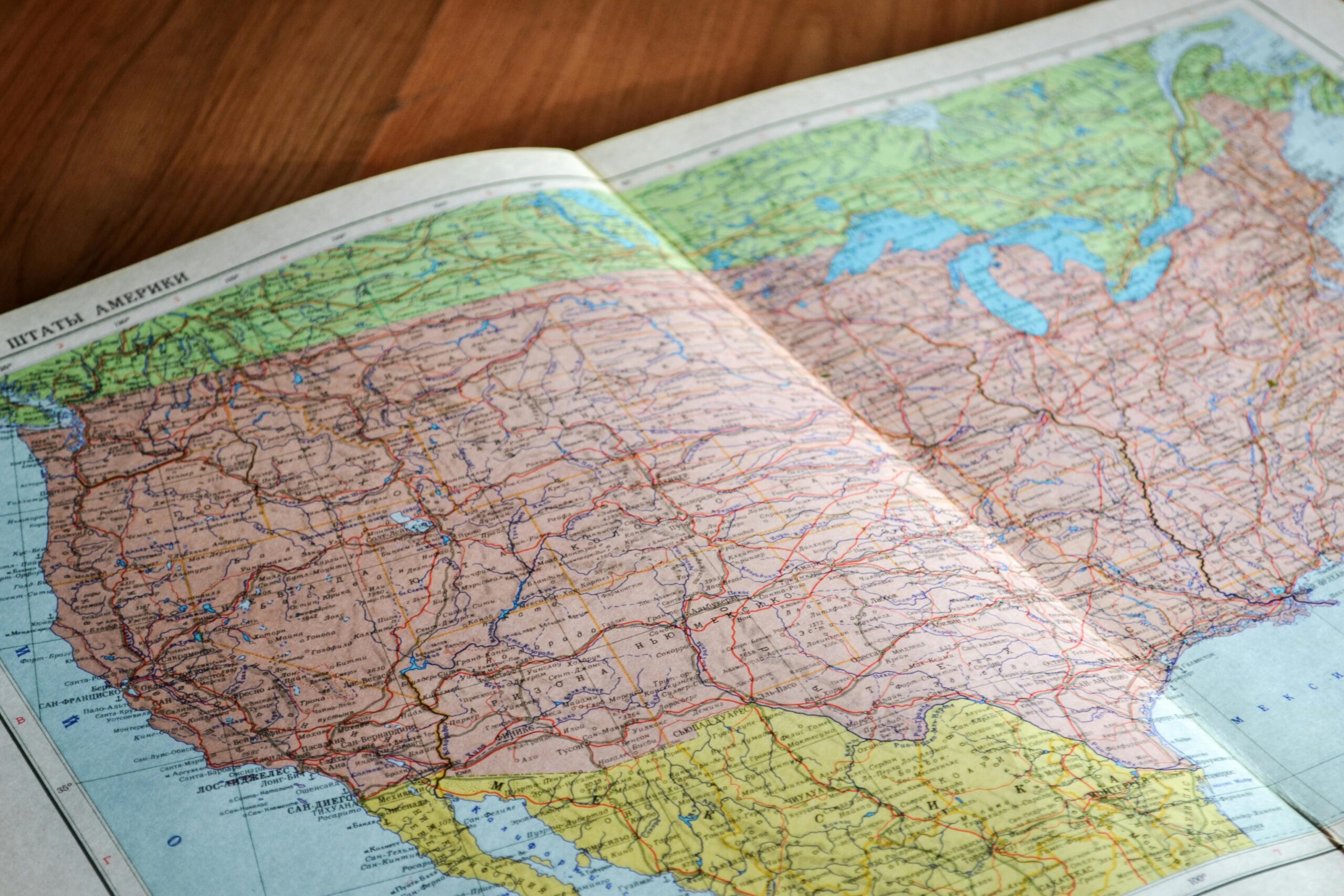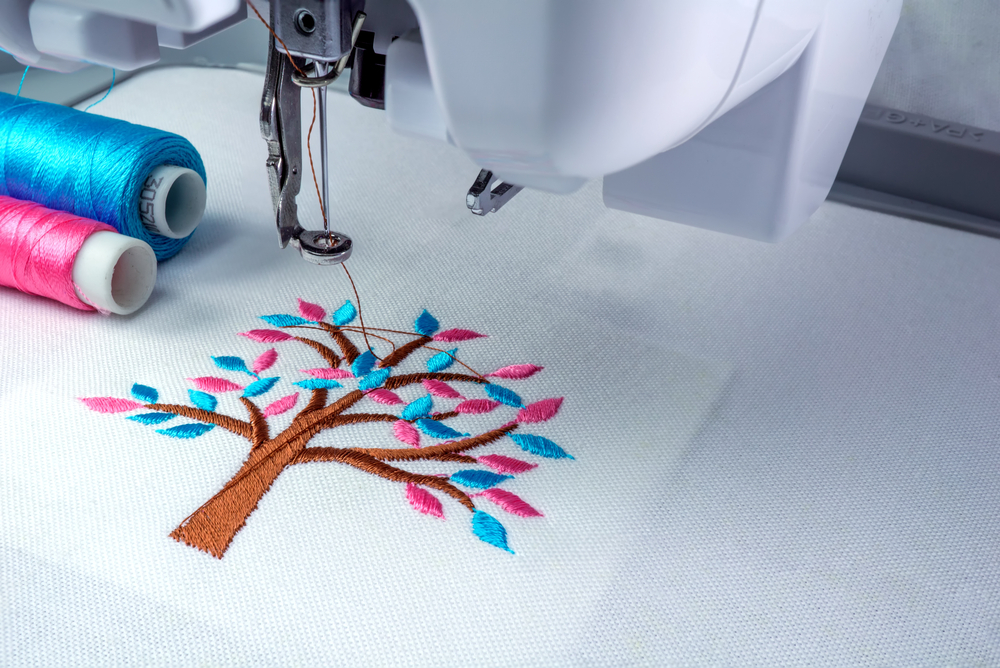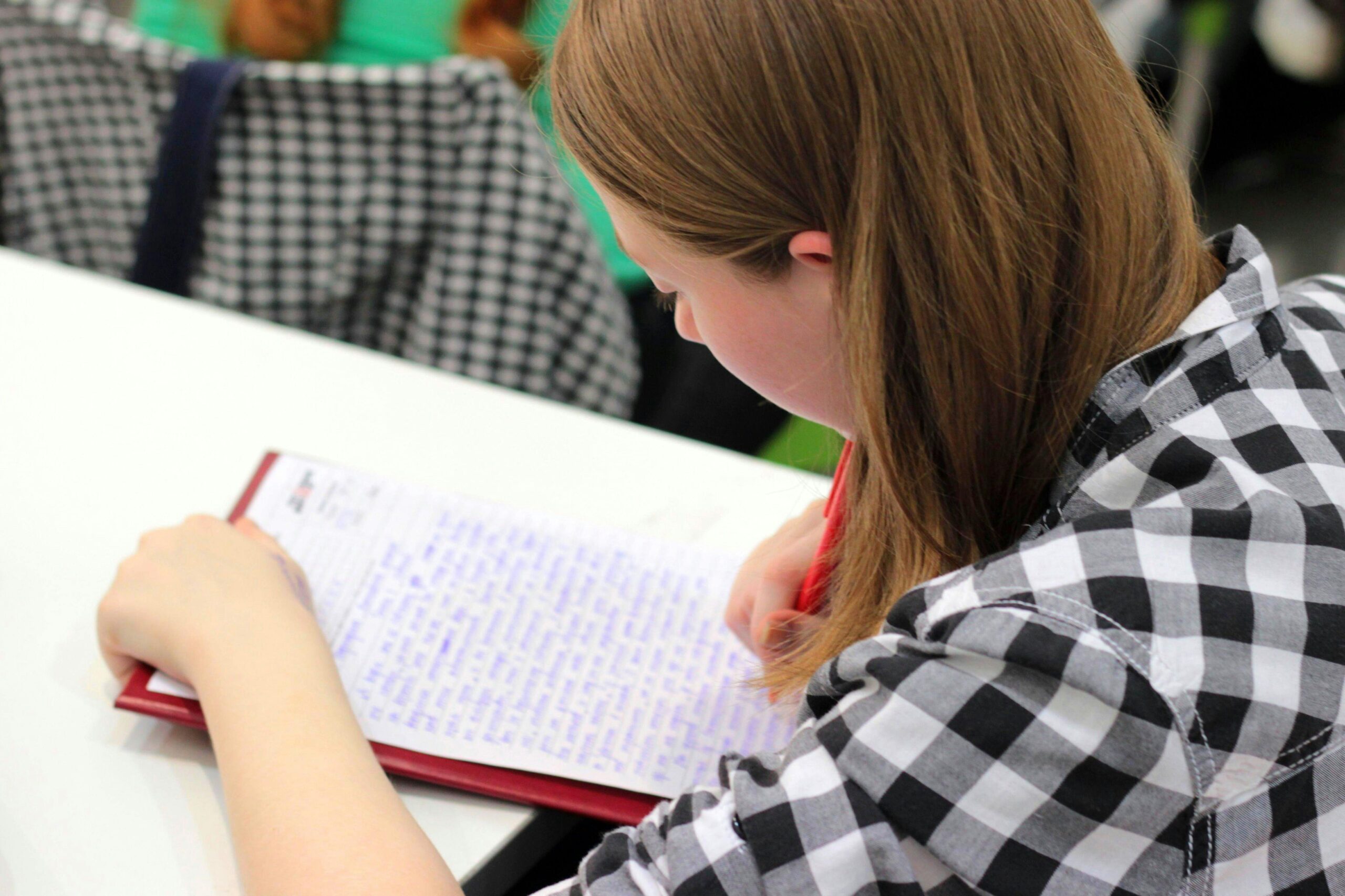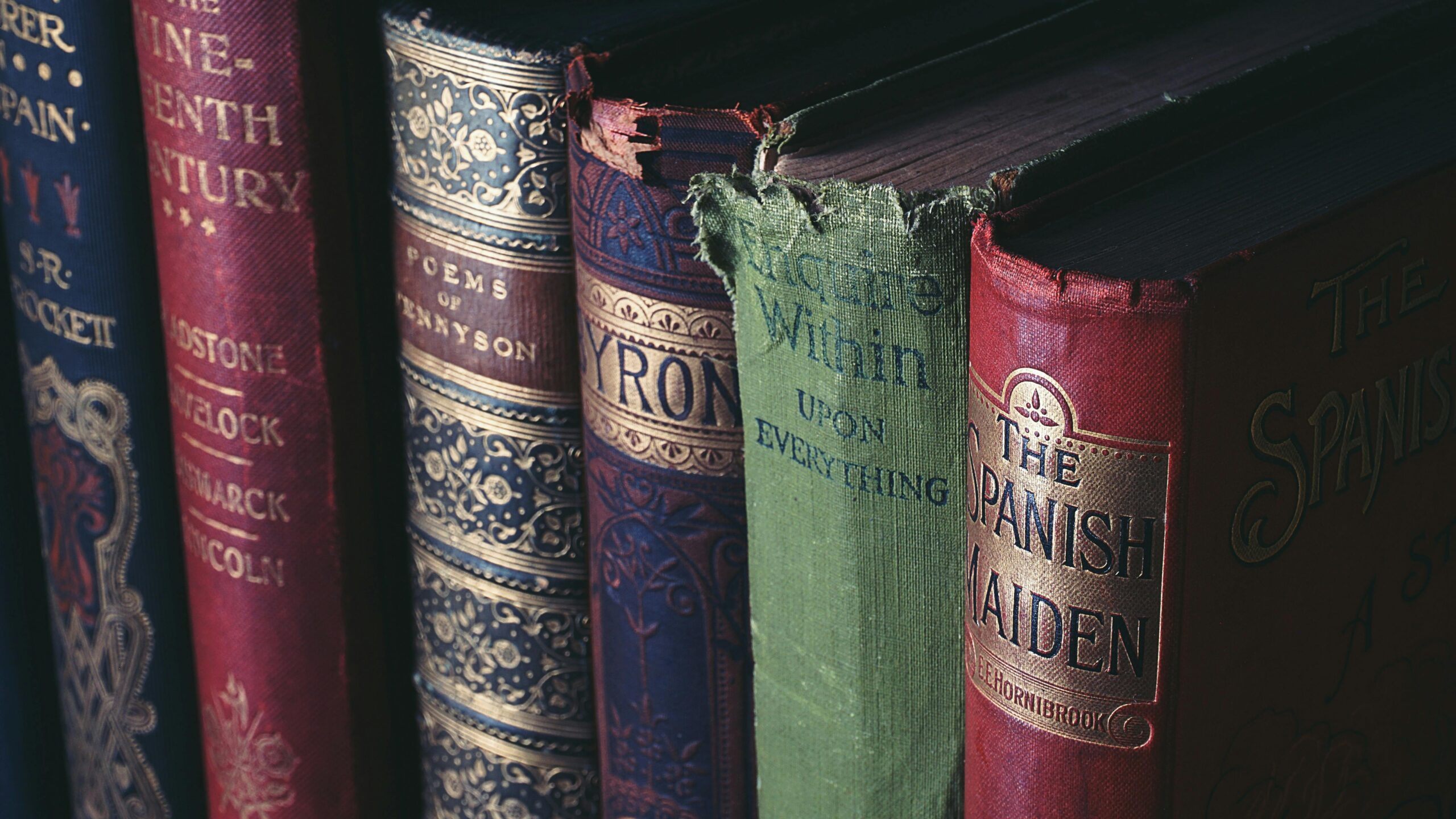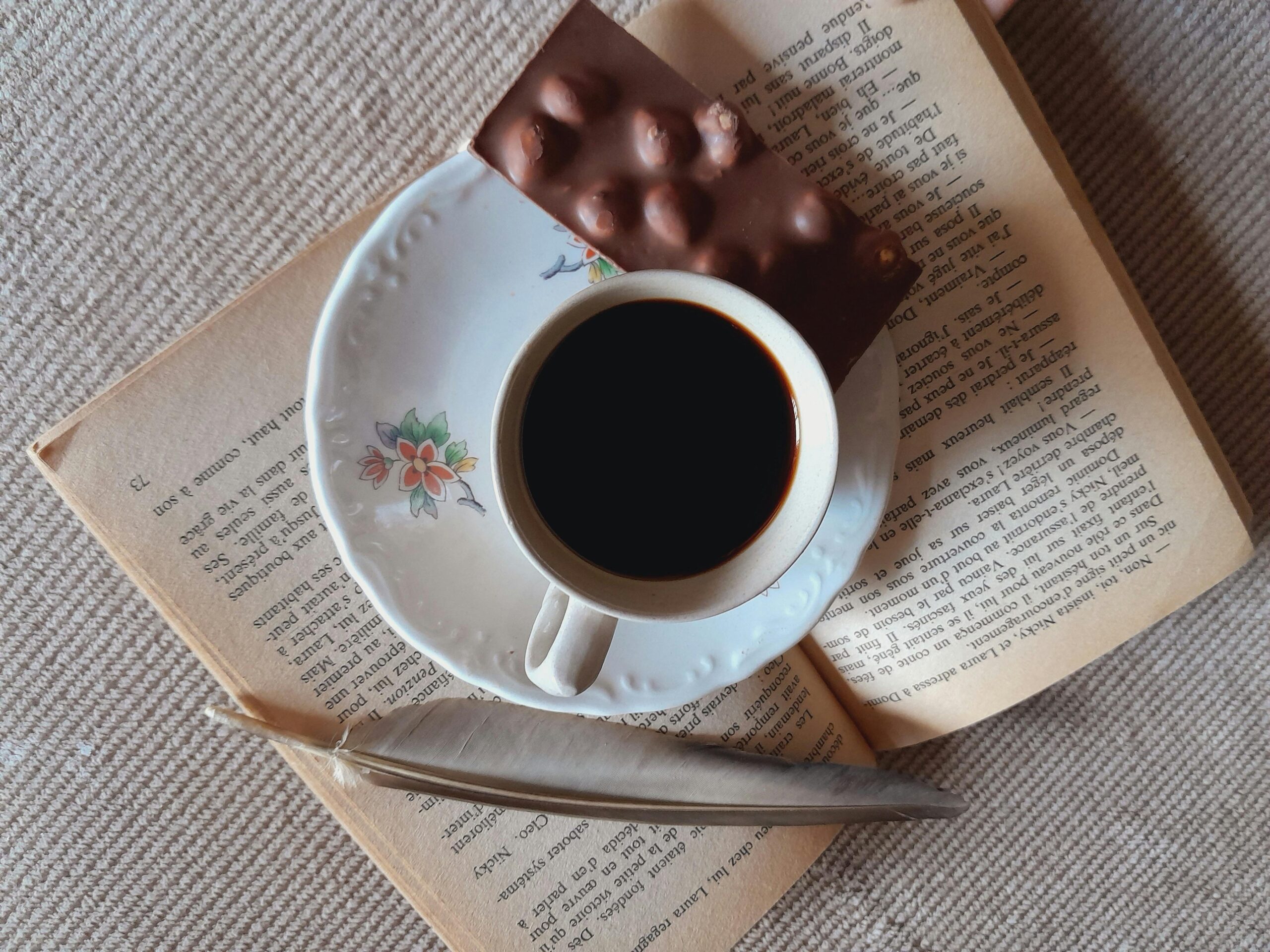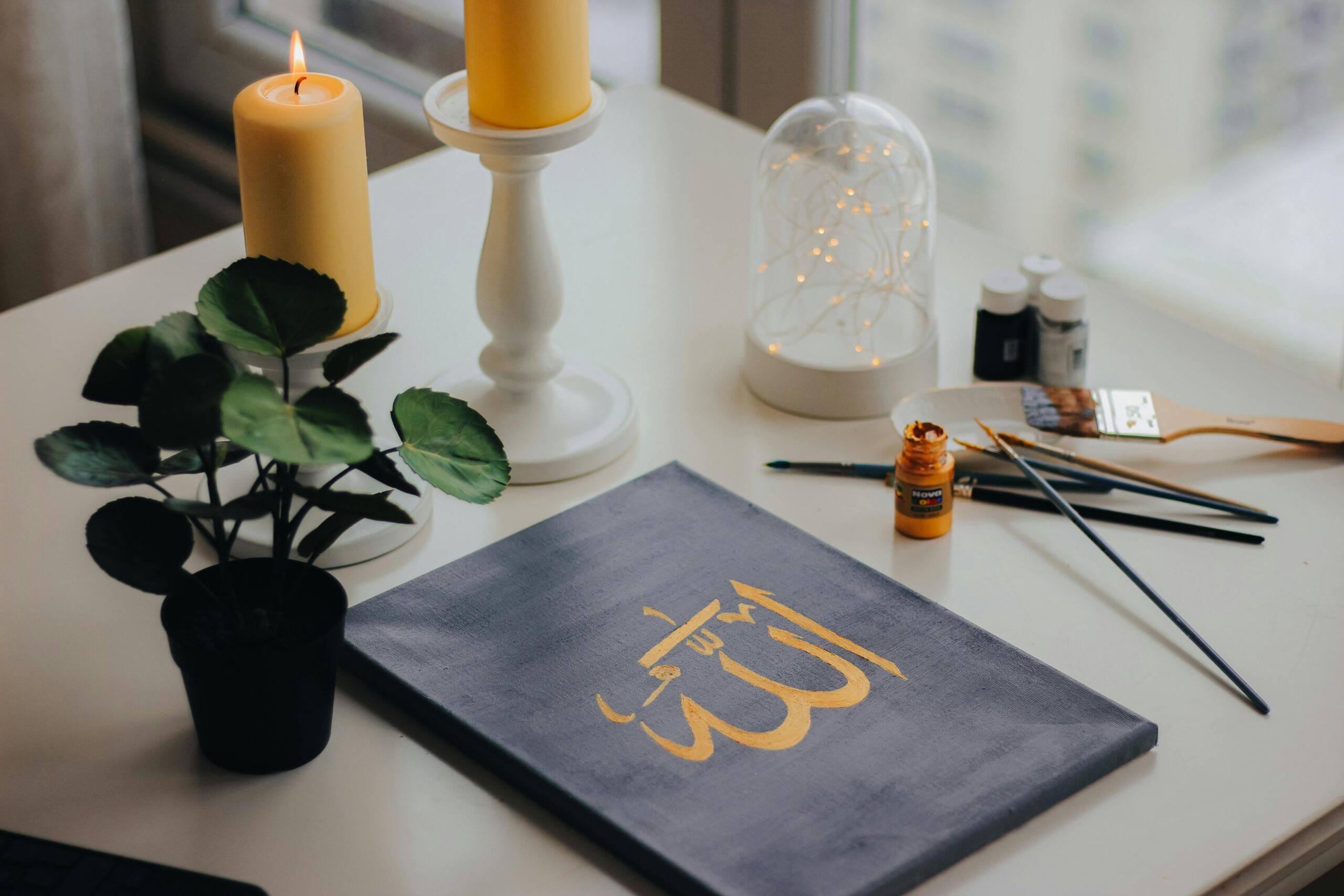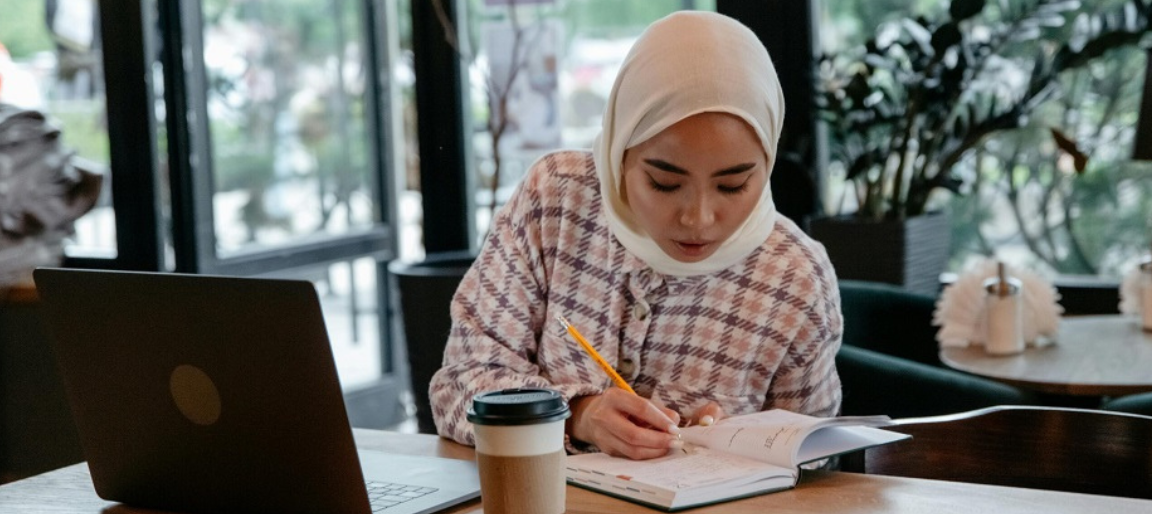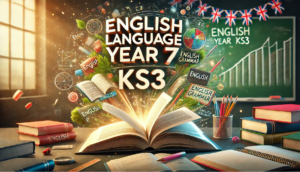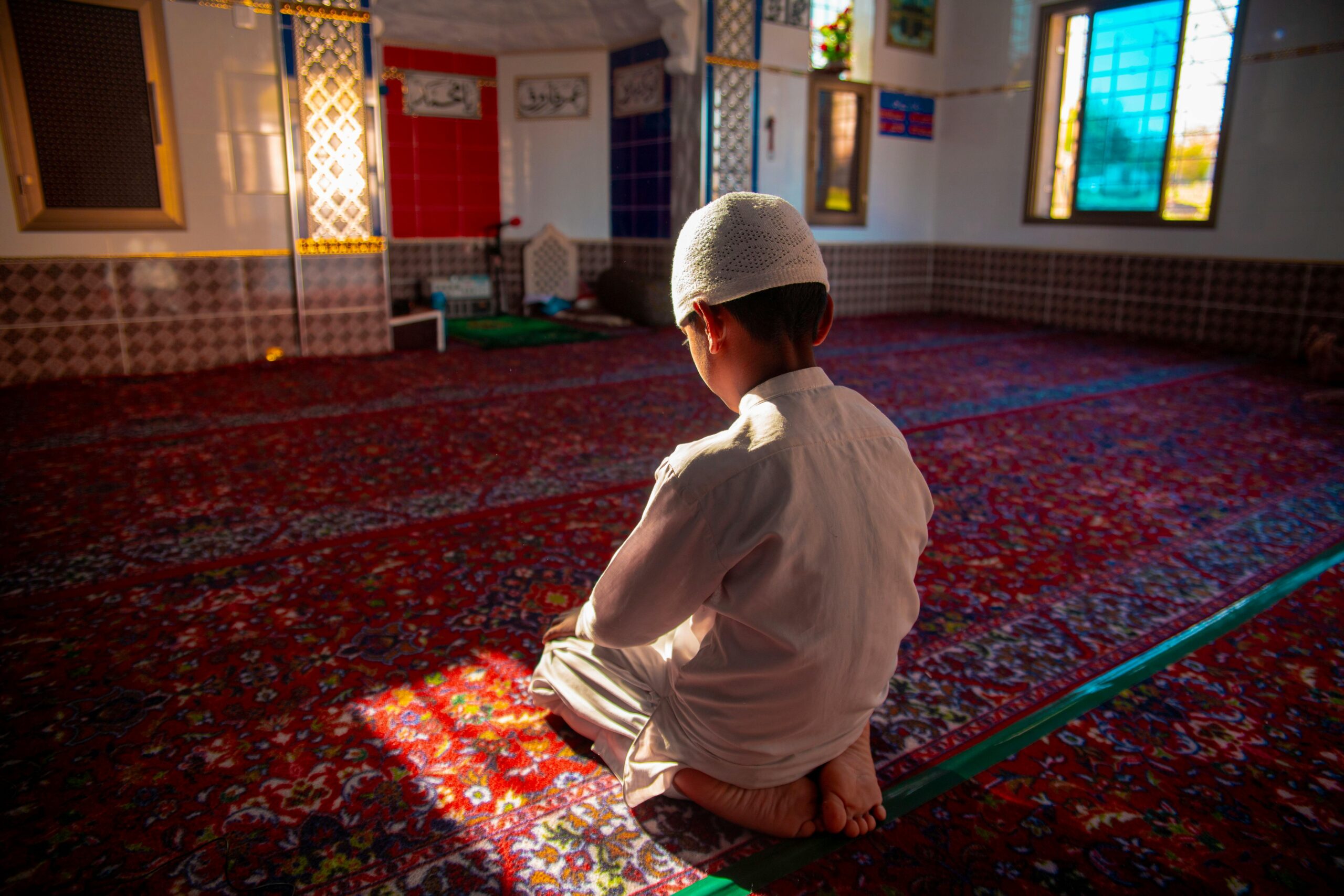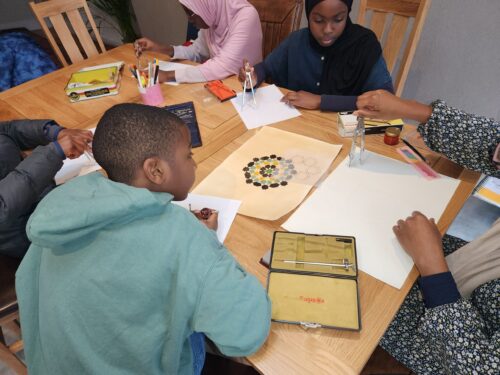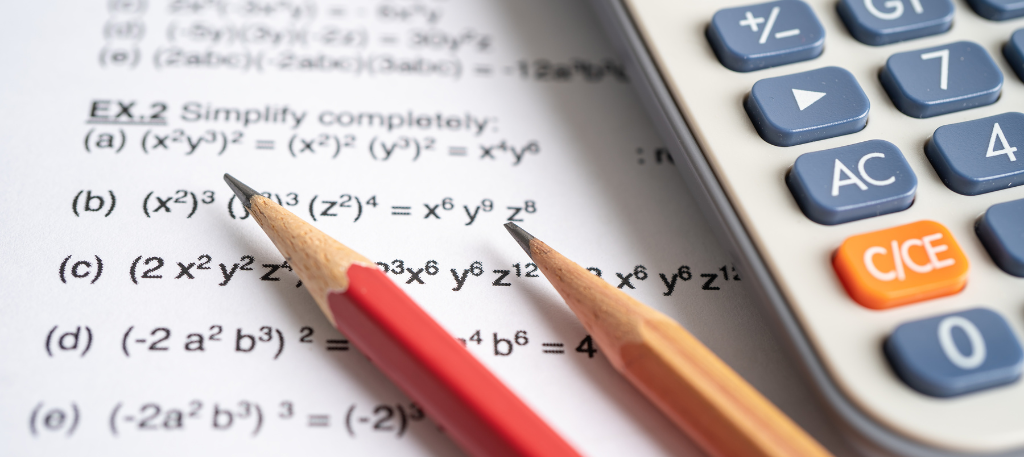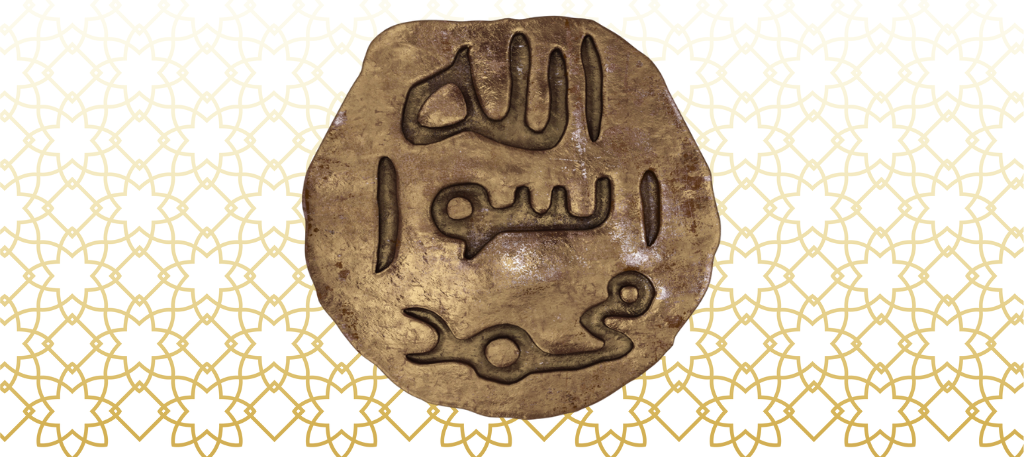Welcome to Level 1 of our Islamic Art curriculum! This entry-level course is designed to introduce students to the fundamental elements of Islamic art, with a focus on calligraphy, geometric patterns, and bimorphic designs. In this level, students will begin by using traditional tools, such as a compass and straightedge, to recreate and explore beautiful patterns from the Islamic World. Starting with simpler designs, students will gradually advance to more complex patterns, emphasizing the calligraphy traditions of West and North Africa. As students progress, they will develop their skills in reading and writing various calligraphy scripts and learning intricate arabesque and geometric patterns.
TERM 1
- Calligraphy:
- Introduction to Islamic Art
- Examples of Islamic Art
- Keeping an Islamic Art Journal
- Introduction to Sudani Script
- Introduction to studying manuscripts
- Learning to read Sudani script
- Geometry:
- Introduction to Geometry
- Geometry of West African Islamic Art
- Geometry and Printmaking in textiles and fabrics
- Biomorphic Forms:
- Introduction to Islamic Art in West Africa
- Ornamentation in art and architecture in West Africa
- Key Patterns
- Knotwork patterns
- Painting techniques
TERM 2
- Calligraphy:
- Studying Ajami scripts
- Studying various Sudani manuscripts
- Writing poetry and prayers
- Geometry:
- Geometric patterns
- Drawing platonic solids
- Construction of spirals, tessellations and rosettes
- Biomorphic Forms: :
- Mosque patterns
- Design & painting technique
- Iran ornamental design work
TERM 3
- Calligraphy:
- Project
- Journal presentation
- Geometry:
- Project
- Journal presentation
- Biomorphic Forms:
- Project
- Journal presentation
Cost: £512 per year, payable in 10 monthly instalments of £64.00.
Should you require further information on this course, please click on the chat widget at the bottom right corner of the screen to leave a message and we will get back to you as soon as possible.


